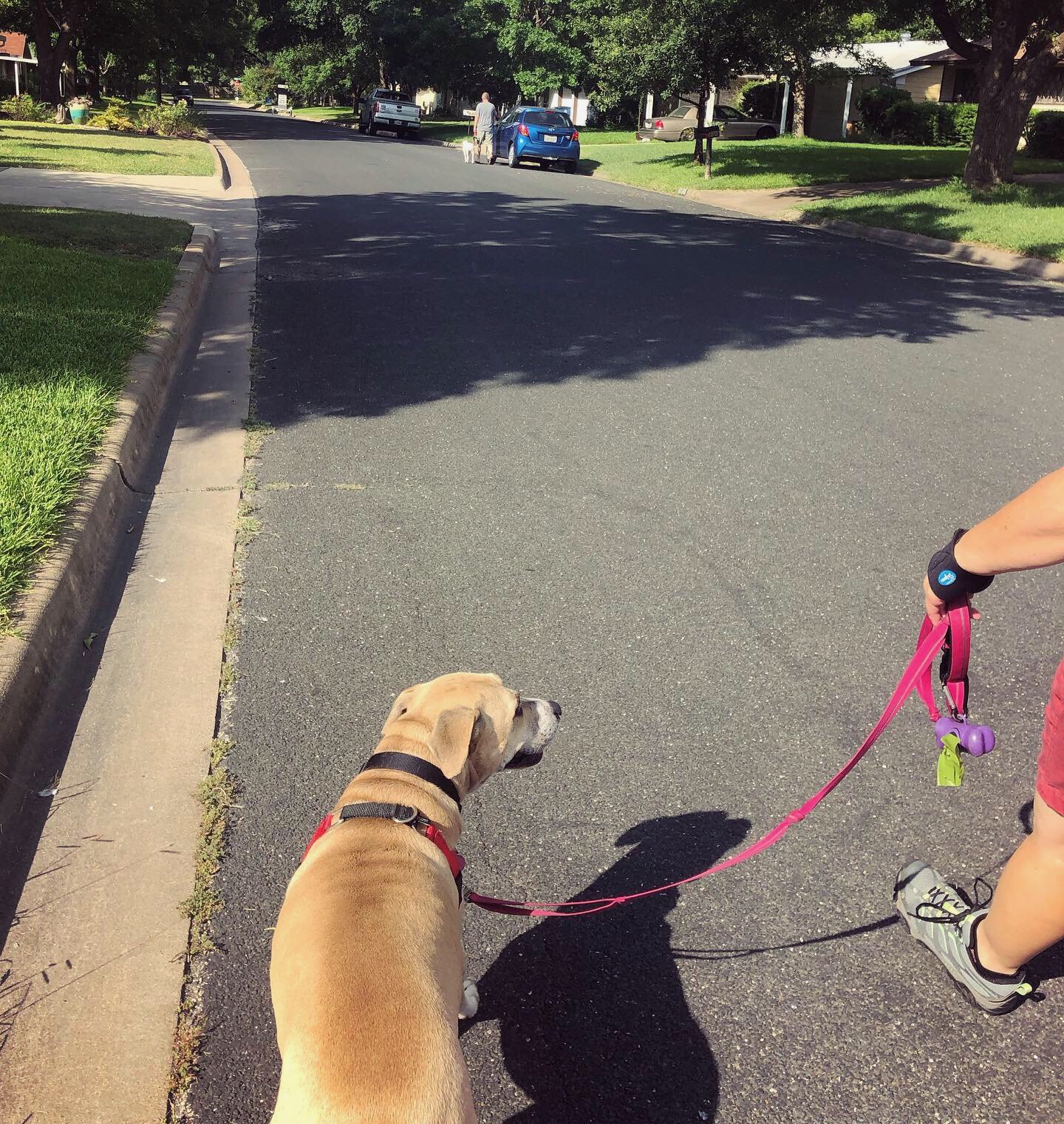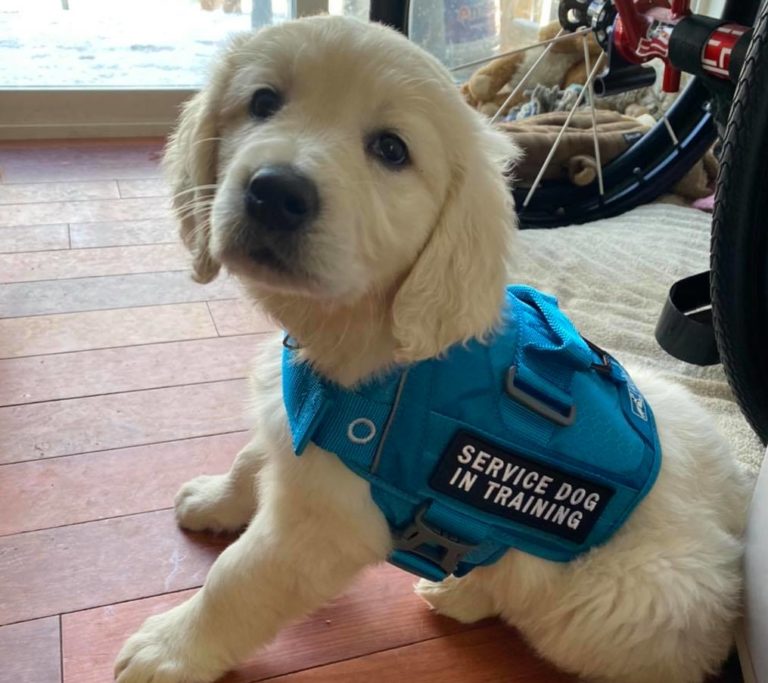Unlock the Keys of Reliable Dog Training Near Me for a Happier Pet
Unlock the Keys of Reliable Dog Training Near Me for a Happier Pet
Blog Article
The Ultimate Guide to Canine Training: Structure a Satisfied, Obedient Animal
Reliable pet training is a diverse procedure that pivots on a deep understanding of canine behavior and the application of tried and tested strategies. By accepting positive support and regular command use, family pet owners can cultivate not just obedience however likewise a strong, relying on partnership with their dogs.

Recognizing Dog Behavior
Just how does a pet dog's behavior mirror its psychological and psychological state? A dog's activities can work as a home window into its sensations, demands, and general mental well-being. For example, a wagging tail generally represents joy and enjoyment, while a reduced tail may show concern or submission. Articulations such as whining or barking can connect a range of feelings, from pleasure to distress.
Body movement likewise plays an important role in comprehending canine habits. An unwinded posture and open mouth signal convenience, whereas strained muscle mass and pinned ears may recommend stress and anxiety or hostility. Observing these signals is essential for determining the source of a pet's actions, whether it stems from exhilaration, frustration, or concern.
In addition, a pet dog's interaction with its environment and various other animals can offer understanding right into its psychological state. For instance, a pet that engages happily with other pet dogs is most likely feeling social and protected, while one that exhibits avoidance or aggression may be experiencing stress and anxiety or insecurity. Understanding these behavior hints is essential for fostering a strong partnership between the proprietor and the animal, inevitably adding to the pet dog's emotional health and wellness and wellness.
Necessary Educating Methods
Efficient canine training methods are crucial for promoting desirable habits and reinforcing the bond in between a pet and its owner. Using positive reinforcement is just one of the most reliable techniques, where incentives such as treats, appreciation, or play are offered to enhance preferred actions (Dog training). This encourages the dog to duplicate those habits, producing a positive knowing environment
Consistency is one more important element in canine training. Commands ought to be uniform and clear, and all family members should use the same rules to avoid confusing the dog. Timing is similarly important; incentives ought to be offered quickly after the desired habits to establish a clear link in between the activity and the reward.
Furthermore, brief and appealing training sessions work, as canines have varying focus periods. Go for sessions of 5 to 15 mins, depending on the canine's age and power degree. Incorporating play right into training can also boost inspiration and satisfaction for both the dog and the proprietor.
Finally, patience is crucial. Canines discover at their very own pace, and keeping a calm disposition will certainly assist ease stress, making sure a positive training experience. These vital techniques lay the groundwork for effective dog training and a harmonious partnership.
Fundamental Commands to Instruct

Usage treats, appreciation, and visit play to compensate your pet's successes. By instilling these standard commands, proprietors outfit their pets with the skills required for a unified and well-behaved relationship.
Addressing Typical Behavioral Problems
Understanding and resolving typical behavior concerns in pets is essential for fostering a harmonious partnership in between family pets and their proprietors. Lots of pets exhibit behaviors such as excessive barking, eating, or aggression, which can come from stress and anxiety, boredom, or absence of appropriate training. Determining the root reason of these behaviors is the very first action toward reliable intervention.
For instance, excessive barking may suggest a demand for focus or an action to environmental stimuli. In such cases, owners should examine the pet dog's environment and offer ample mental stimulation, such as interactive playthings or routine exercise. Chewing can typically be managed by redirecting the behavior to suitable eat things and ensuring that the canine has sufficient exercise to lower boredom.
Aggressive behavior calls for mindful handling and might necessitate specialist training aid. It's essential to understand that punishment can exacerbate stress and anxiety and aggression, causing a cycle of behavioral concerns. Instead, focus on positive support techniques to award desirable actions and enhance a complacency.
Structure a Favorable Training Setting
Creating a favorable training setting is fundamental for reinforcing preferable habits in pet dogs and reducing behavior concerns. This environment needs to be defined by consistency, motivation, and a clear understanding of the training objectives. By establishing a regular, pet dogs discover what is anticipated of them, which helps in reducing stress and anxiety and complication.
Utilizing positive support strategies, such as deals with, praise, and play, cultivates a feeling of safety and security and motivation in the dog. Rewarding etiquette immediately and consistently reinforces the desired activities, making the training process extra reliable - Dog training. Furthermore, fitness instructors should continue to be individual and calmness, as canines are sensitive to their handlers' feelings
The training room need to be devoid of distractions to make sure the pet can concentrate on the tasks available. Consider utilizing a silent area or a safe and secure exterior location. Moreover, including playtime and socialization into training sessions advertises a well-shaped method, improving the pet dog's knowing experience.
Inevitably, a favorable training atmosphere nurtures a solid bond in between the pet dog and handler, snake avoidance training near me causing an obedient, delighted animal. By prioritizing this atmosphere, family pet proprietors can successfully address behavior challenges and cultivate a successful training trip.
Conclusion
Efficient dog training counts animal training courses on a thorough understanding of canine habits and the application of favorable reinforcement techniques. By grasping essential commands and addressing behavior concerns with patience and clear interaction, proprietors can promote a strong bond with their animals. Producing a supportive training environment improves protection and trust fund, ultimately bring about the development of a well-behaved and cheerful buddy. Embracing these concepts guarantees a fulfilling training experience for both pet dogs and their owners.
Reliable canine training is a diverse process that pivots on a deep understanding of canine actions and the application of tried and tested strategies. A pet dog that involves happily with other dogs is likely sensation social and protected, while one that displays evasion or aggressiveness may be experiencing stress or insecurity.Efficient dog training techniques are necessary for fostering desirable habits and reinforcing the bond in between a pet dog and its proprietor.Developing a positive training environment is fundamental for strengthening desirable actions in dogs and minimizing behavioral concerns.Effective pet training relies on an extensive understanding of canine behavior and the application of favorable support techniques.
Report this page